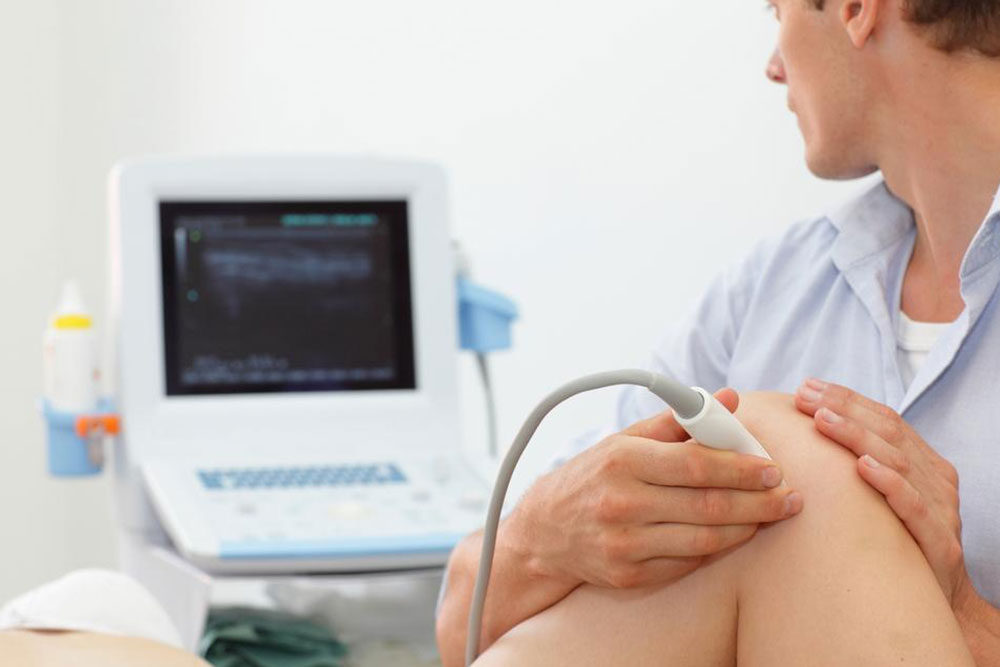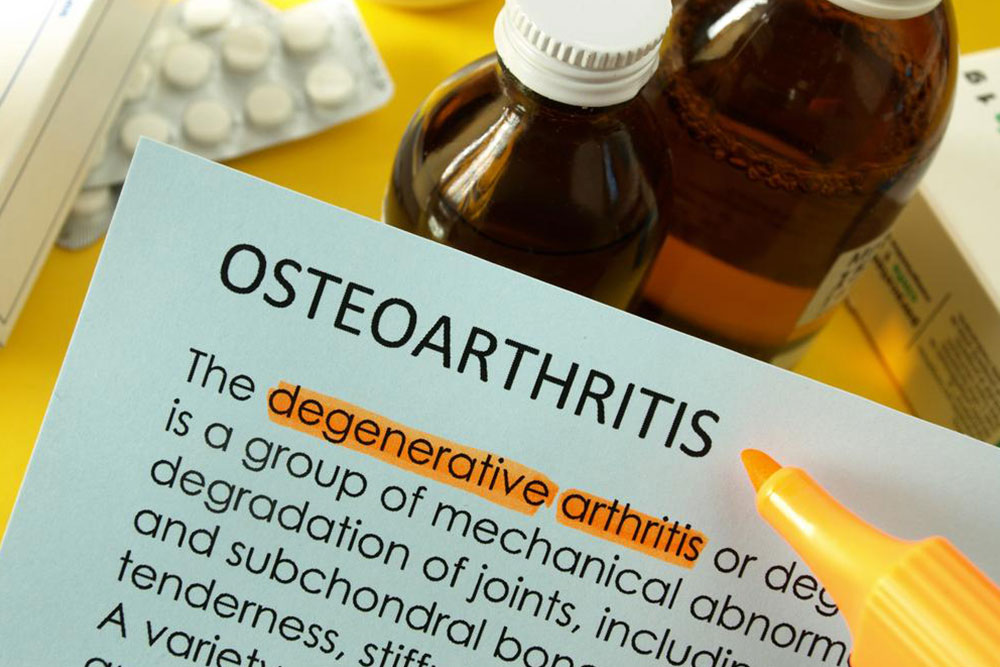Comprehensive Guide to Managing Knee Osteoarthritis Pain and Improving Mobility
This comprehensive guide explores effective strategies for managing knee osteoarthritis pain, including exercise, weight management, medications, physical therapy, and surgical options. It emphasizes a personalized approach to improve joint support, reduce discomfort, and enhance mobility, helping patients live healthier, more active lives despite osteoarthritis challenges.

Comprehensive Guide to Managing Knee Osteoarthritis Pain and Improving Mobility
Knee osteoarthritis (OA) is a common degenerative joint condition characterized by the gradual breakdown of cartilage that cushions the knee joint. This deterioration leads to pain, swelling, stiffness, and decreased mobility, significantly impacting daily life. Although there is currently no cure for osteoarthritis, numerous treatment strategies can help manage symptoms effectively and improve the patient's quality of life. A personalized approach, often combining lifestyle modifications, physical therapy, medication, and surgical interventions, is essential for optimal management. This article explores comprehensive methods to control knee osteoarthritis discomfort and enhance joint function.
Importance of Consistent Physical Activity
Engaging in regular, low-impact exercise plays a crucial role in managing knee osteoarthritis. Contrary to the misconception that rest is always better, moderate activity helps strengthen the muscles surrounding the knee, providing better support to the joint and reducing stress on the cartilage. Maintaining mobility through exercise also prevents joint stiffness and improves overall function. Recommended activities include swimming, water aerobics, gentle stretching routines, yoga, Tai Chi, brisk walking, and cycling. These exercises are gentle on the joints while promoting flexibility and strength. Consulting with a healthcare professional or a physical therapist can help craft an appropriate exercise program tailored to individual needs and limitations, ensuring safe and effective activity that does not exacerbate symptoms.
Role of Weight Management and Diet
Obesity is a significant risk factor for developing and worsening knee osteoarthritis. Excess body weight increases the load on the knee joints, accelerating cartilage degeneration and pain. Therefore, maintaining a healthy weight through a balanced diet and regular physical activity is pivotal. Incorporating anti-inflammatory foods such as omega-3 fatty acids, fruits, vegetables, and whole grains can reduce joint inflammation. Additionally, avoiding processed foods high in sugar and saturated fats can help control inflammation levels, leading to decreased pain and improved joint health.
Medications and Pain Management
Several medications can help alleviate osteoarthritis symptoms. Over-the-counter pain relievers like acetaminophen and non-steroidal anti-inflammatory drugs (NSAIDs) are commonly used to reduce pain and swelling. Topical applications such as capsaicin creams or lidocaine patches can also provide targeted relief. In some cases, healthcare providers might prescribe corticosteroid injections for acute flare-ups. It is vital to use these medications under medical supervision to avoid adverse effects and ensure appropriate management.
Physical Therapy and Rehabilitation
Physical therapy plays an essential role in osteoarthritis management. A licensed physiotherapist can develop a personalized exercise routine focusing on strengthening the quadriceps, hamstrings, and hip muscles, which support the knee joint. Additionally, therapy may include manual techniques, soft tissue mobilization, and neuromuscular training to improve joint stability and reduce pain. Regular physical therapy sessions can also incorporate advice on joint protection techniques, proper footwear, and activity modifications to prevent further damage.
Surgical Interventions
When conservative treatments fail to control symptoms effectively, surgical options can be considered. The choice of procedure depends on the severity of the condition, patient age, activity level, and overall health. Common surgical options include:
Minimally Invasive Procedures: Arthroscopic knee surgery involves inserting a small camera through tiny incisions to evaluate and repair internal joint structures. During this procedure, loose cartilage fragments can be removed, and damaged cartilage surfaces can be smoothed out. Although this approach can relieve symptoms temporarily, it does not halt the progression of osteoarthritis or serve as a permanent cure.
Joint Reshaping (Osteotomy): Suitable for early-stage unilateral OA, osteotomy involves cutting and realigning the bones around the knee to redistribute weight-bearing forces more evenly. This procedure decreases pressure on the damaged area, potentially delaying the need for a knee replacement. Typically recommended for patients under 60 with good overall health.
Partial or Total Knee Replacement: For advanced osteoarthritis where joint damage is extensive, surgeons may perform partial or total knee replacement surgery. Damaged cartilage and bone are removed and replaced with artificial implants made of metal, plastic, or ceramic. This surgery significantly reduces pain and restores function, enabling patients to return to daily activities with improved mobility. Recovery involves physical therapy and gradual return to activity, with long-term durability depending on patient health and activity level.
Supportive Devices and Aids
Using assistive devices can provide additional support and relieve stress on the knee joint. Supports such as custom knee braces, orthotic shoes, and heating pads can help reduce pain during daily activities. In some cases, orthotic inserts or shocks absorbers in footwear can improve gait and decrease joint impact. Always consult healthcare professionals before choosing any assistive device to ensure proper fit and use, and to incorporate these aids effectively into the management plan.
In conclusion, managing knee osteoarthritis requires a multi-faceted approach that combines lifestyle modifications, medical interventions, physical therapy, and possibly surgical procedures. Early diagnosis and personalized treatment plans can help control symptoms, slow disease progression, and restore mobility, ultimately enhancing the quality of life for those affected by this chronic condition.





